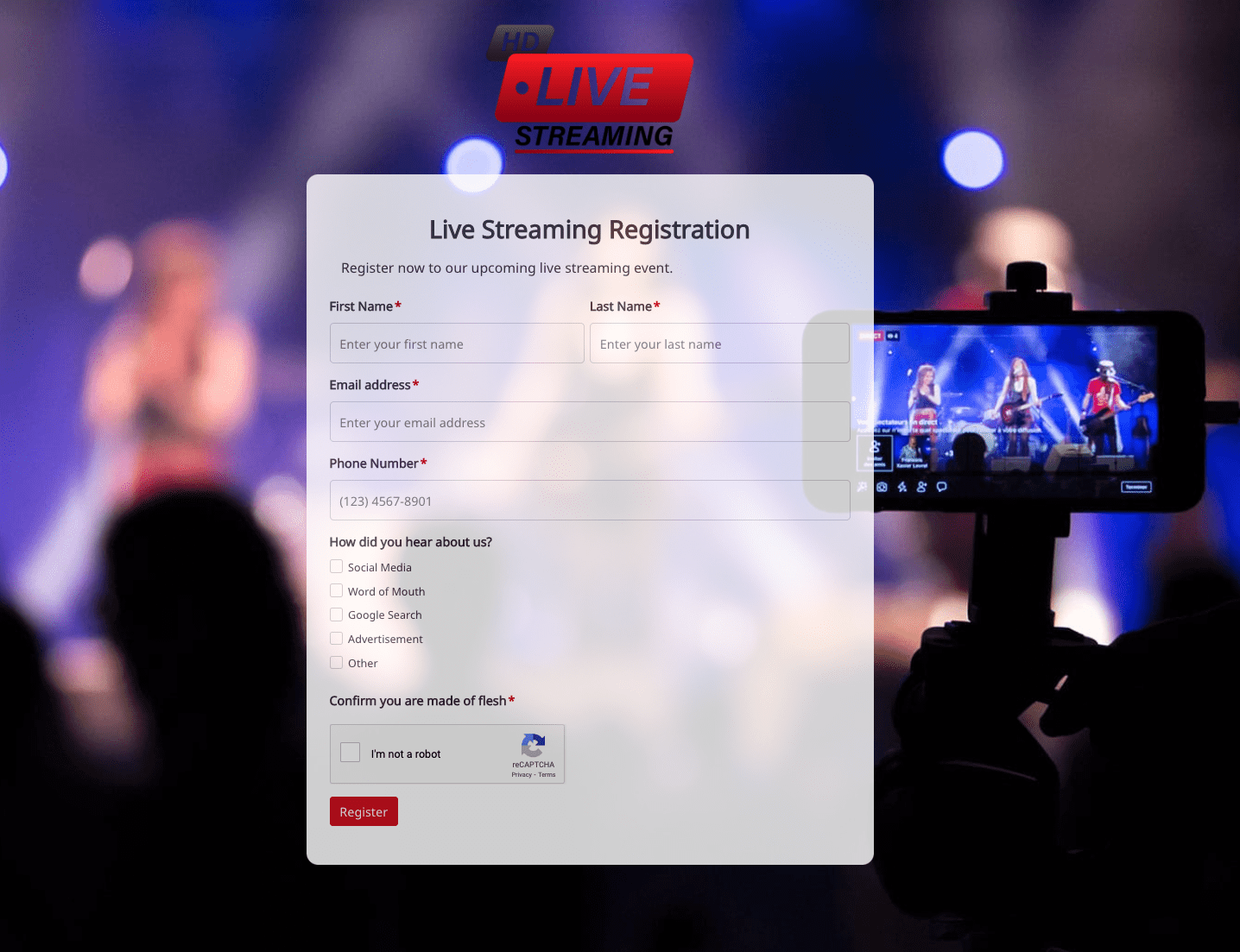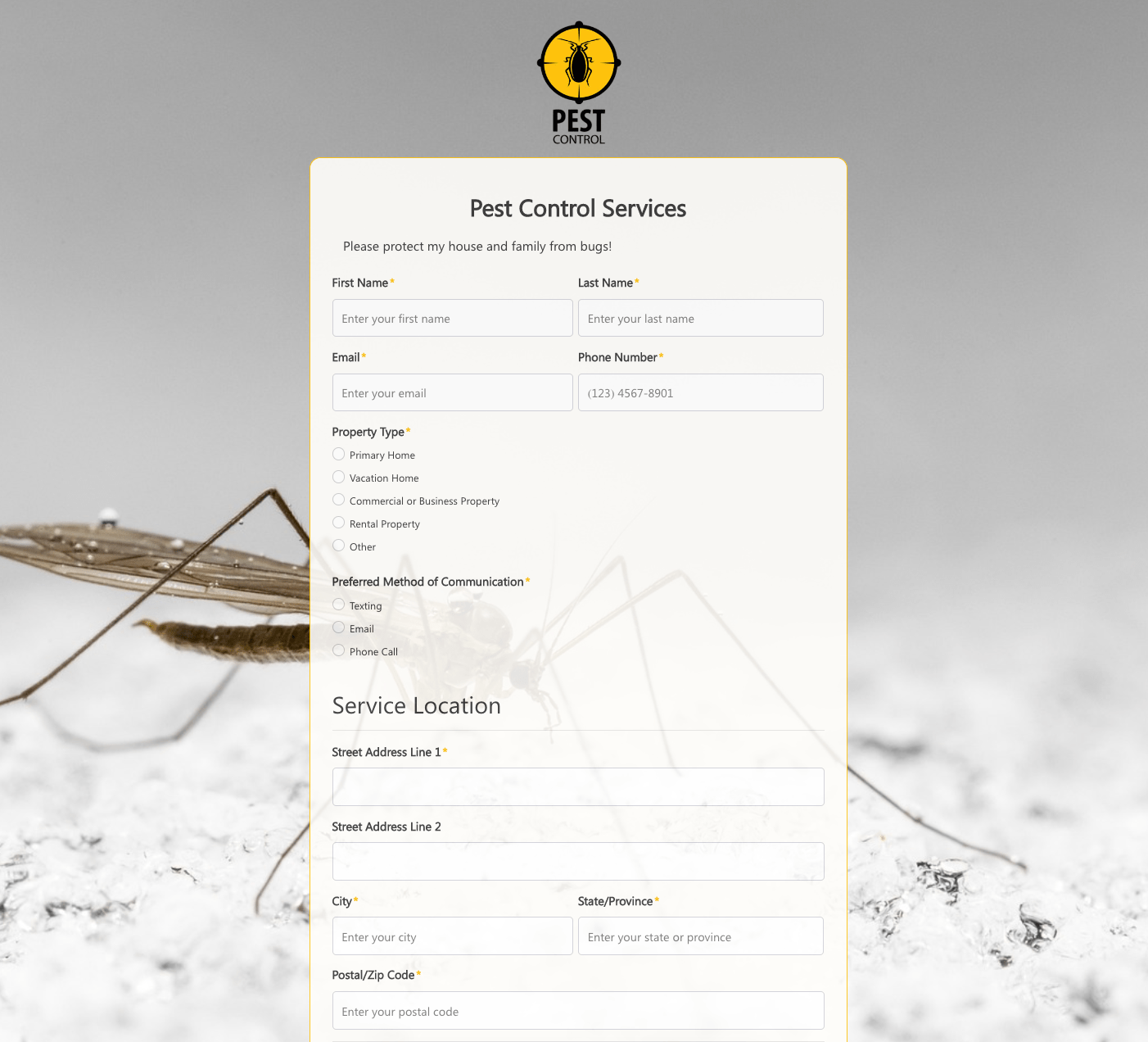Creating a winning sales funnel is one of the most effective ways to drive leads and turn them into loyal customers.
A well-designed funnel guides prospects through a structured journey, from discovering your brand to making a purchase, ensuring you don’t lose valuable leads along the way.
In this comprehensive guide, we’ll break down each stage of the sales funnel, provide actionable strategies, and share tips for optimizing every step.
Contents:
- What is a Sales Funnel?
- The Four Stages of a Sales Funnel
- Building the Sales Funnel: A Step-by-Step Guide
- Optimizing Your Sales Funnel for Better Performance
- Key Metrics to Monitor in Your Funnel

1. What is a Sales Funnel?

A sales funnel represents the journey a potential customer takes from the moment they become aware of your business to the point of making a purchase.
Visualized as a funnel, it narrows as prospects move through the stages of awareness, interest, decision, and action.
The concept helps businesses understand where leads may drop off and how to nurture them effectively to increase conversions.
Each stage of the funnel corresponds to a specific mindset of the prospect.
Understanding these stages allows you to tailor your marketing and sales strategies, ensuring you meet your audience’s needs at every step.
2. The Four Stages of a Sales Funnel

To create an effective sales funnel, it’s crucial to understand its key stages:
Awareness
This is the top of the funnel (TOFU) and where potential customers first learn about your brand.
At this stage, your goal is to grab their attention through marketing efforts such as social media, blogs, or advertisements.
The focus here is on visibility and education rather than direct sales.
Interest
In the interest stage, prospects begin exploring your offerings and assessing how they might meet their needs.
Your job is to nurture their curiosity through targeted content such as email newsletters, product guides, or case studies.
This is the stage to position yourself as an expert and build trust.
Decision
At this stage, prospects are considering their options and are close to making a purchase decision.
It’s essential to provide persuasive materials such as testimonials, reviews, pricing pages, or free trials to encourage them to choose your product or service.
Action
The final stage of the funnel is where the prospect takes the desired action, such as making a purchase or signing up for a service.
A smooth checkout process and follow-up engagement strategies are critical to solidify the relationship and encourage repeat business.
3. Building the Sales Funnel: A Step-by-Step Guide

Now that you understand the funnel stages, here’s how to build one for your business:
Step 1: Attracting the Right Audience
Start by identifying your target audience and creating a strategy to reach them.
Use tools like buyer personas to understand your ideal customers’ pain points, preferences, and behaviors.
Then, deploy awareness-stage tactics such as SEO, social media marketing, and paid ads to drive traffic to your website or landing page.
Step 2: Capturing Leads
Once you’ve attracted prospects, focus on converting them into leads by capturing their contact information.
Offer a lead magnet, such as a free eBook, checklist, or webinar, in exchange for their email address.
Use optimized landing pages with clear calls-to-action (CTAs) to make the process seamless.
Step 3: Nurturing Leads
Not all leads are ready to buy immediately.
Use email marketing and retargeting ads to nurture them.
Provide valuable content, such as how-to guides or customer success stories, to build trust and keep your brand top-of-mind.
Step 4: Converting Leads into Customers
When leads reach the decision stage, use persuasive techniques to drive conversions.
Highlight your unique selling propositions (USPs), offer limited-time discounts, or provide free trials to encourage action.
Ensure your checkout process is user-friendly and secure to remove any barriers to purchase.
Step 5: Retaining and Upselling Customers
Your relationship with the customer doesn’t end at the sale.
Use follow-up emails, loyalty programs, and personalized offers to retain customers and encourage repeat purchases.
Happy customers are also more likely to refer others, further fueling your funnel.
4. Optimizing Your Sales Funnel for Better Performance
An effective sales funnel requires continuous optimization.
Here are some tips to improve its performance:
- Analyze Drop-Off Points: Use analytics tools to identify where prospects are leaving your funnel and address any friction in those stages.
- A/B Testing: Test different versions of your landing pages, email subject lines, and CTAs to determine what resonates best with your audience.
- Segment Your Audience: Divide your leads into segments based on their behavior, preferences, or demographics and tailor your messaging accordingly.
- Streamline the Customer Journey: Simplify navigation, minimize form fields, and optimize page load speeds to create a smoother user experience.
- Leverage Automation: Use marketing automation tools to send personalized emails, follow-ups, and reminders at the right time.
5. Key Metrics to Monitor in Your Funnel
Measuring the performance of your sales funnel helps you identify areas for improvement.
Focus on these key metrics:
- Conversion Rate: The percentage of prospects who move from one stage to the next.
- Cost Per Lead (CPL): The amount spent to acquire each lead. Lowering this without compromising quality can improve ROI.
- Customer Lifetime Value (CLV): The total revenue generated by a customer over their lifetime. A higher CLV indicates a more valuable funnel.
- Bounce Rate: The percentage of visitors who leave your site without taking action. High bounce rates may signal usability issues.
- Average Order Value (AOV): The average amount customers spend in a single transaction. Use upselling or cross-selling to boost this metric.
Conclusion
Building a winning sales funnel takes time, strategy, and consistent effort.
By understanding your audience, guiding them through each funnel stage, and optimizing for performance, you can create a system that converts leads into loyal customers.
Remember, a successful sales funnel isn’t just about generating revenue; it’s about building lasting relationships and delivering value to your audience.
Start crafting your funnel today and watch your business thrive!

 Access Request Form
Access Request Form
 Afterparty RSVP Form
Afterparty RSVP Form
 Band Discovery Form
Band Discovery Form
 Book a room Form
Book a room Form
 Booking Enquiries Form
Booking Enquiries Form
 Brochure Mailing Form
Brochure Mailing Form
 Buy a Home Form
Buy a Home Form
 Catalog Request Form
Catalog Request Form
 Coach Lines Quote Form
Coach Lines Quote Form
 Contact Us Form
Contact Us Form
 Credit Application Form
Credit Application Form
 Drop me a line Form
Drop me a line Form
 Enquiry / Feedback Form
Enquiry / Feedback Form
 Got a question? Form
Got a question? Form
 Instant Quote Form
Instant Quote Form
 Job Application Form
Job Application Form
 Language & Literacy Lab Form
Language & Literacy Lab Form
 Live Streaming Registration Form
Live Streaming Registration Form
 More Information Form
More Information Form
 Order Exchange Form
Order Exchange Form
 Party Box Order Form
Party Box Order Form
 Pest Control Services Form
Pest Control Services Form
 Poll / Survey Form
Poll / Survey Form
 Receive Ebook Form
Receive Ebook Form
 Refinance Mortgage Form
Refinance Mortgage Form
 Remarks / Questions Form
Remarks / Questions Form
 Report Driver Form
Report Driver Form
 Retreat Information Form
Retreat Information Form
 Service Enquiry Form
Service Enquiry Form
 Skydiving Registration Form
Skydiving Registration Form
 Spare Part Enquiry Form
Spare Part Enquiry Form
 Staff Application Form
Staff Application Form
 Submission Form
Submission Form
 User Registration Form
User Registration Form
 Website Under Construction Form
Website Under Construction Form
 Wedding Photographer Form
Wedding Photographer Form
 Your Opinion Matters Form
Your Opinion Matters Form
















.jpeg)

